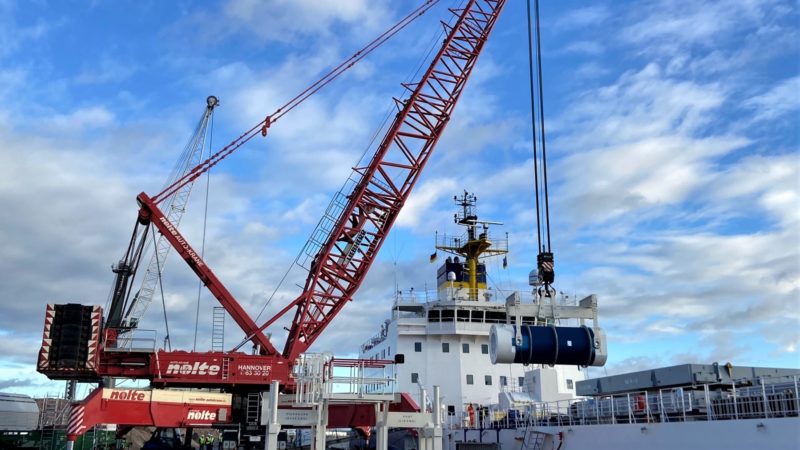Blog – celebrating International Women in Engineering Day

Liz Holland, NTS Shielding Specialist, talks about encouraging more women into STEM careers.
Today is “International Women in Engineering Day” (INWED) and whilst it can be easy to focus on our jobs and let days like this pass us by, I think it’s a good chance to reflect on an important issue.
Women in science and technology careers are still under-represented – as of June 2021 only 16.5% of engineers are women. I was initially quite shocked at this…that can’t be right…or can it? I started to think back to school, then on to university, then on to different roles in my career. The further I went through science education and training, the less and less females were present.
For me, there are two main issues– firstly, encouraging women into science, technology, engineering and maths (STEM) professions; and secondly, creating the right environment to keep them in those professions.
So how can we encourage more women into science and technology careers? I think a better question is, “how can we encourage more people into science and technology careers?”. If that natural interest in STEM subjects is there, regardless of gender, then a greater number of people will go on to do further study in these areas. This in turn will result in a greater number of women entering into STEM jobs, creating more role models for future generations.
Sparking an interest in STEM has to start early – in schools and at home. I remember growing up, doing crazy science experiments in the kitchen and the garden with my Dad. He was a chemist and had a natural love of science. His enthusiasm was infectious, and it became normal for me to question how and why things worked. It became part of my nature and moulded who I was as a person.
I eventually went on to study physics, later focusing on nuclear physics, leading me to my current role in Nuclear Transport Solutions where I’m part of a team that provides specialist shielding and criticality safety advice to support the safe transport of nuclear materials.
So, I’d encourage everyone to be part of the change. Talk to your children about how things work, buy a science book, do an experiment, get involved in school STEM events, support work experience placements, offer apprenticeships…the opportunities are endless.
If we do these things, we might just succeed in encouraging more women into studying science and technology subjects. More women with the technical skills required to fulfil roles in engineering disciplines. Brilliant!
But having encouraged women into these roles, how do we keep them there? In my view it’s about developing an inclusive working environment, where everyone feels respected and valued, and ensuring there is support and mentoring in place on both a personal and technical level.
Progress has definitely been made in recent years to encourage and keep women in science and technology professions. For example, the opportunity to work flexibly has been a game changer for me and means I can balance my career with raising my young children. But not everyone has been so fortunate and I think we still have a way to go.
Finally, I would say that although increasing the representation of women in science and engineering is a big challenge, it’s often the little things we do as individuals and organisations that can have the most impact.
It’s only by making the most of these opportunities and making change happen that together we can build towards a brighter future.


